
👉🏻 Also called "spread squat position" or jockey position, it is the one in which the baby stands with his legs apart and his hips positioned in such a way that the knees are slightly higher than the buttocks.
👉🏻 It's simply the position that babies naturally assume when they are in their arms.
👉🏻 To see the VIDEO, click HERE
The hip (or coxofemoral) joint is very important because it allows us to support the weight of the body when standing and to withstand forces even greater than the body weight, such as those caused by movements such as running or jumping. . It is made up of the head of the femur and the acetabulum, held in place by ligaments; to get an idea, let's simply think of a sphere (the "head of the femur") that rotates housed inside a cup-shaped cavity (the "acetabulum", also spherical in shape.

Some mild hip instability is very common among newborns; cases of dysplasia requiring treatment because they are serious are found in 2-3 children out of 1000 and predominantly in girls (the ratio is 1:4). Let's try to understand, reporting information from the International Hip Dysplasia Institute (IHDI)3 website, what can happen and how it can be prevented where it is not genetic.
When the baby is in the mother's belly, he stays in these positions for a long time, with his legs folded up and crossed:

If the legs are forced to assume an elongated position too soon, the hips (not yet mature and made of soft cartilage) are forced and there is the risk of causing the malformations described above.
To be clearer, here is a drawing:
It is important to know that children, who are much more flexible and flexible than adults, may not feel pain when the posture is forced. For this reason, the symptoms of any pathologies are often recognized late, when the child begins to walk.
As with the spine, attention must therefore be paid to the hips, especially in the first months of life: the IHDI specifies that, starting from the sixth, they are more developed and the ligaments stronger, so the risks decrease. The most harmful position to avoid, when swaddling or even carrying the baby, is the one in which the legs are together and forced into extension with hips and knees tense, i.e. opposite to the fetal position (as in the figure on the right). The risk to the hips is greater the longer the position is held. It is correct, however, when the hips are naturally apart, with the thighs supported by the support and the knees bent.
In this position, called "M" or "folded split" (often defined with the English term Spread Squatting Position), the child's weight is well discharged without generating pressure on the hips.
According to the IHDI, positions in which free movement of the hips is guaranteed without forcing promote healthy development of these joints. It has been observed, in fact, that in cultures in which children are traditionally held in an unnatural position (for transport, for example, in supports called papoose, where the child is swaddled tightly and placed on the back) there are many more cases of hip dysplasia compared to cultures in which children are carried with their hips apart. For this reason, when you swaddle a child (swaddling, a habit that is becoming very fashionable in the United States), you must ensure that the little legs are left free to move and not constrained.
The IHDI has observed that often not only baby carriers, but also some models of car seats and other commonly used objects, such as elastic swings and bouncers, do not guarantee the correct position for the child's joints. In the illustrations below you can see specifically what is specifically recommended for baby carriers. Two commonly used supports, the baby carrier and a sling model (Pouch), are taken as an example and shown how to position the baby in such a way that gravity and mass do not force delicate points.

In the illustration referring to the sling, a child is represented above with his legs closed. In addition to causing hip problems, this positioning carries the risk of obstructing the airways, with consequent risk of suffocation.
In the lower image, we see an example of a child correctly positioned in M, where the hips (and airway) are safe.
To see the VIDEO, click HERE
Source: International Hip dysplasia institute, "Let yourself be hugged!" (ed. Trevisini)
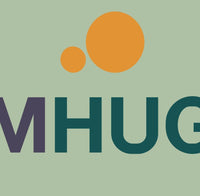
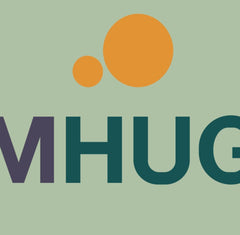
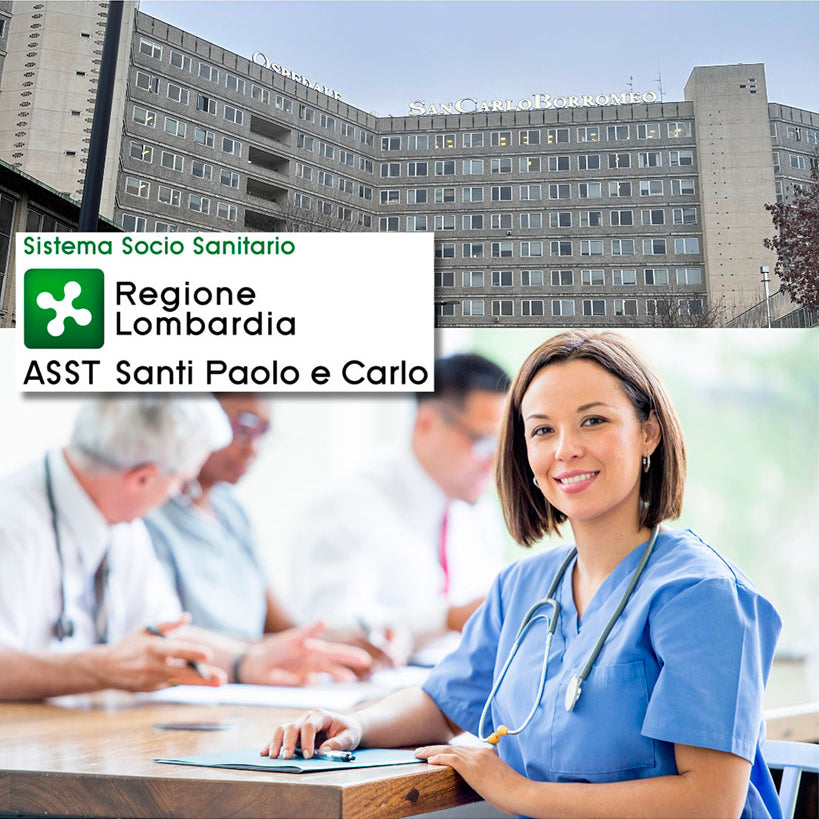
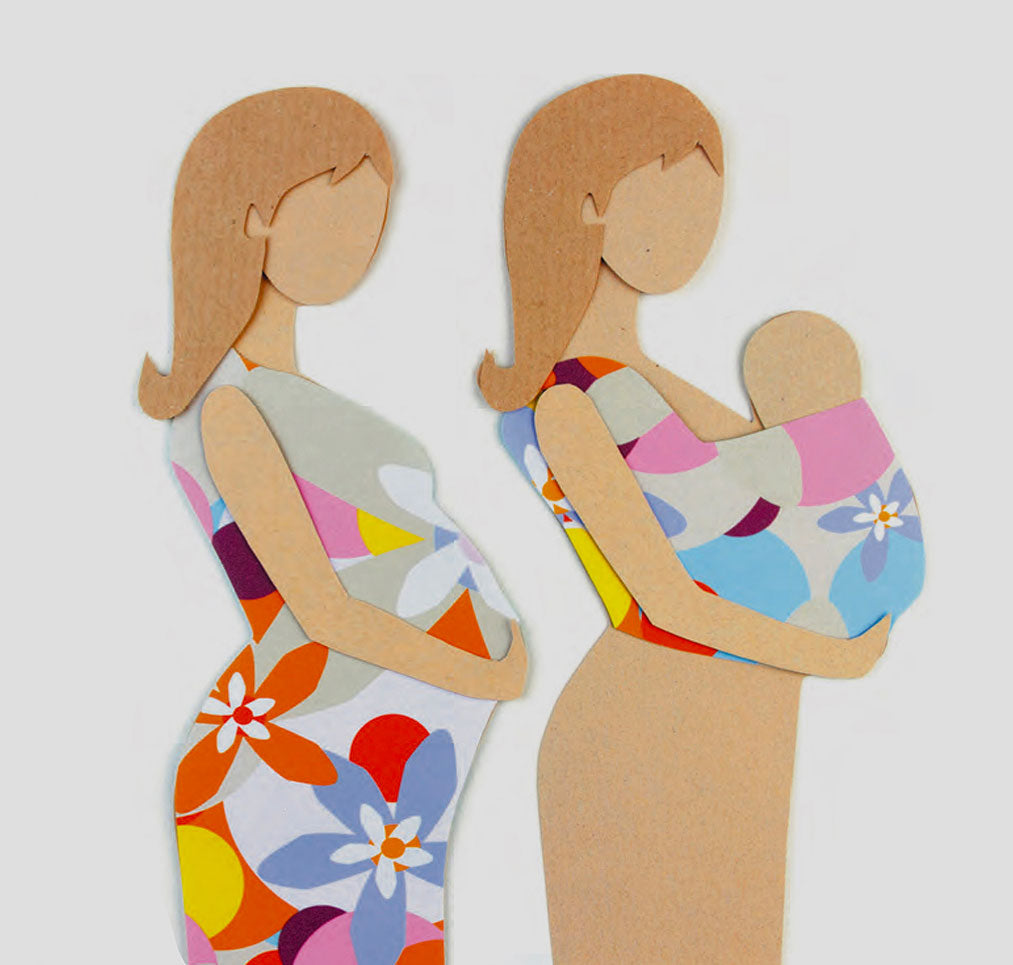
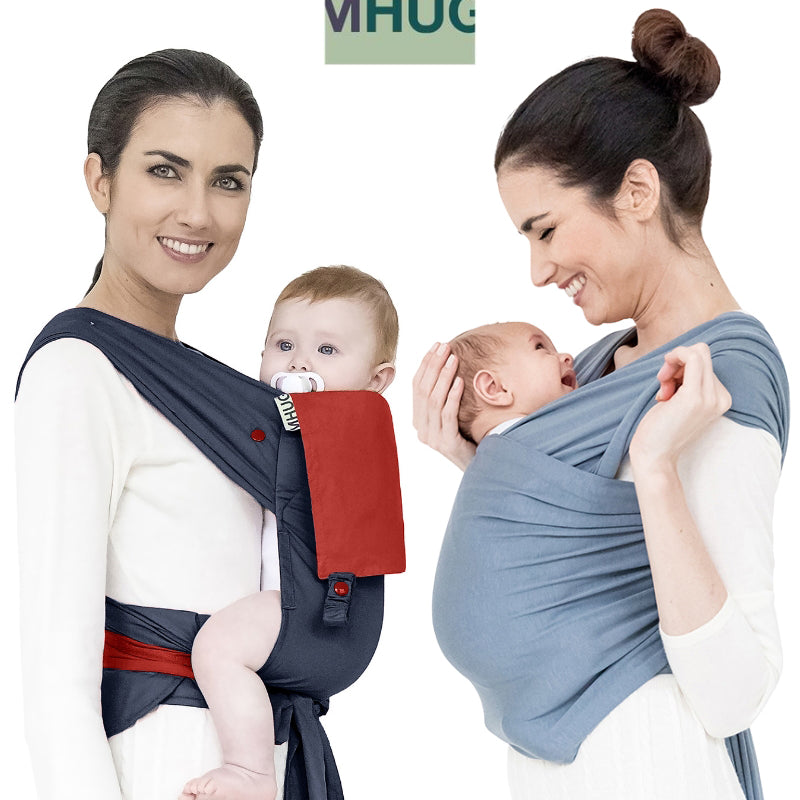
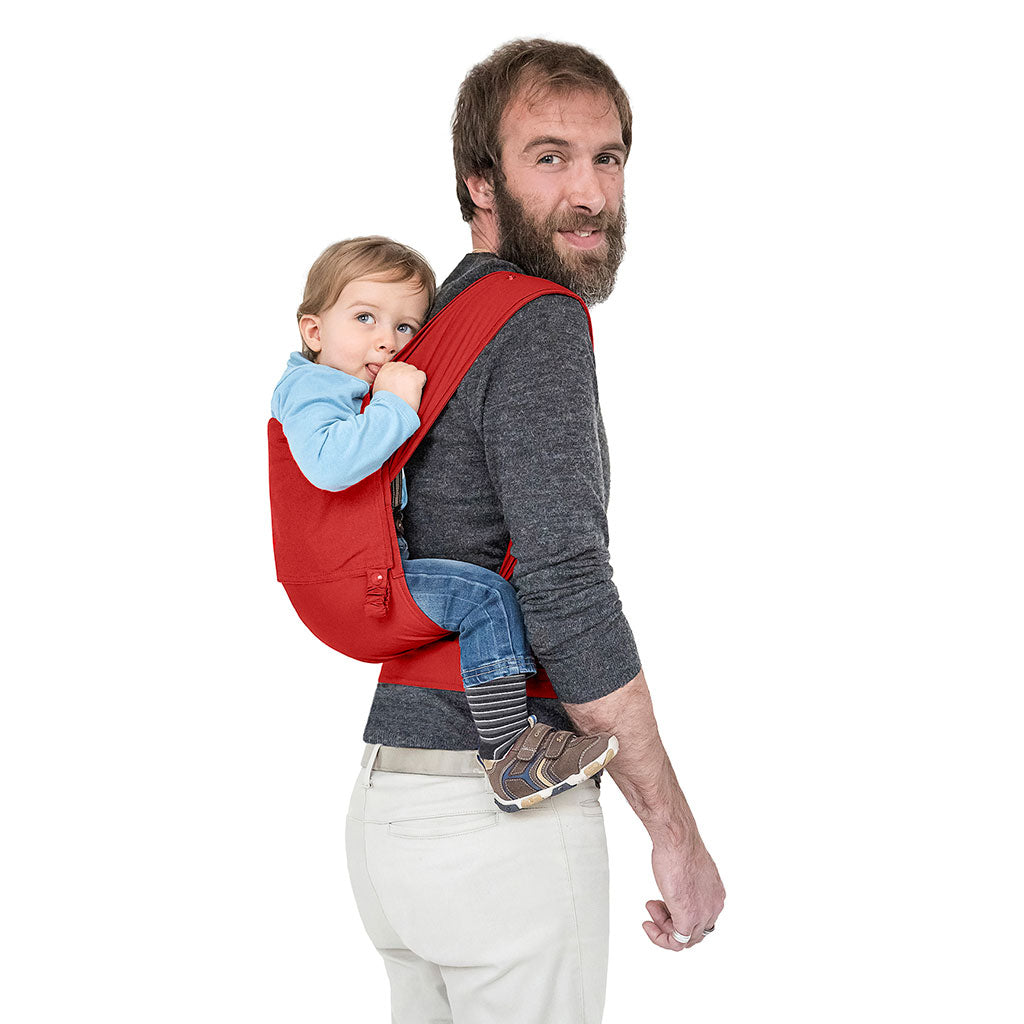
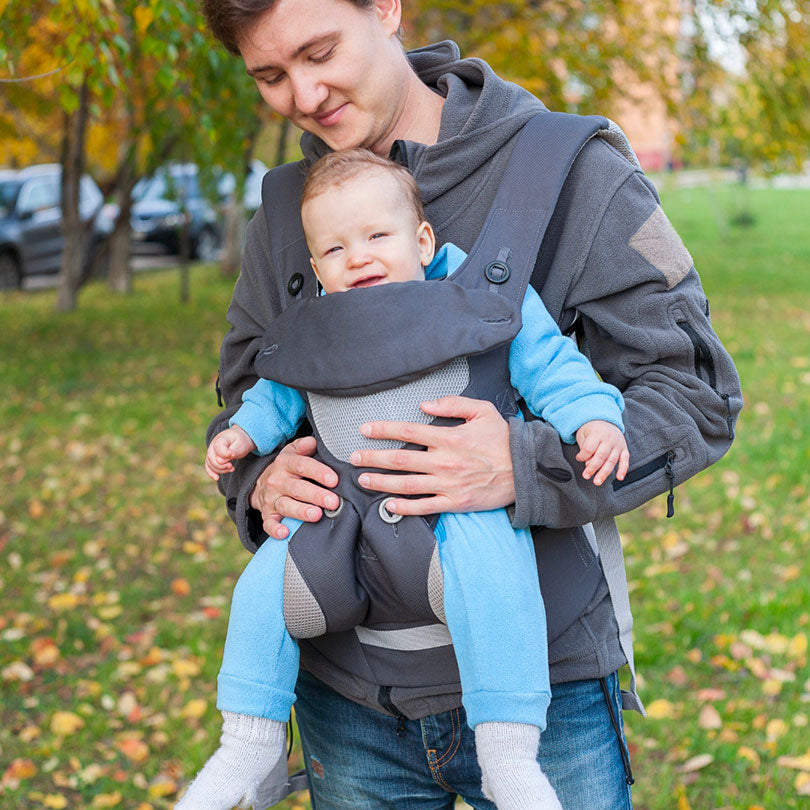
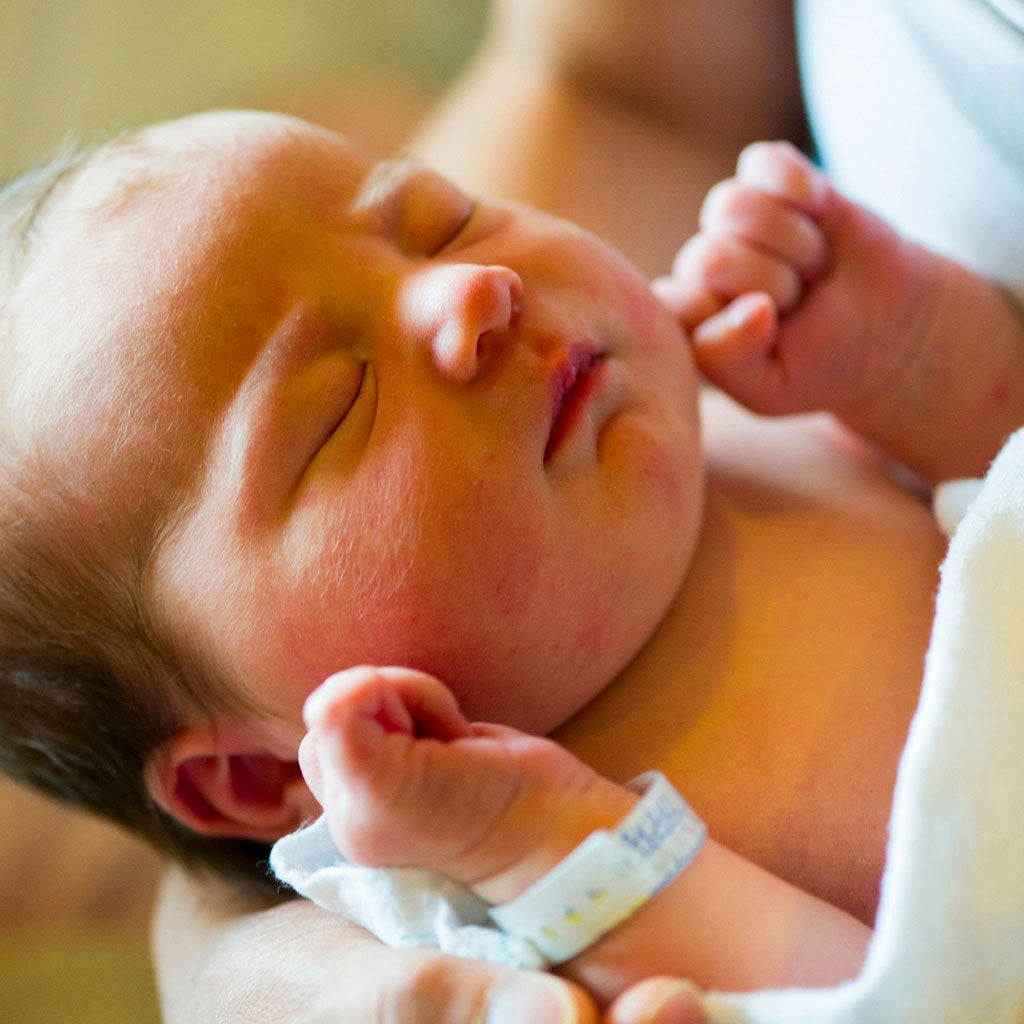
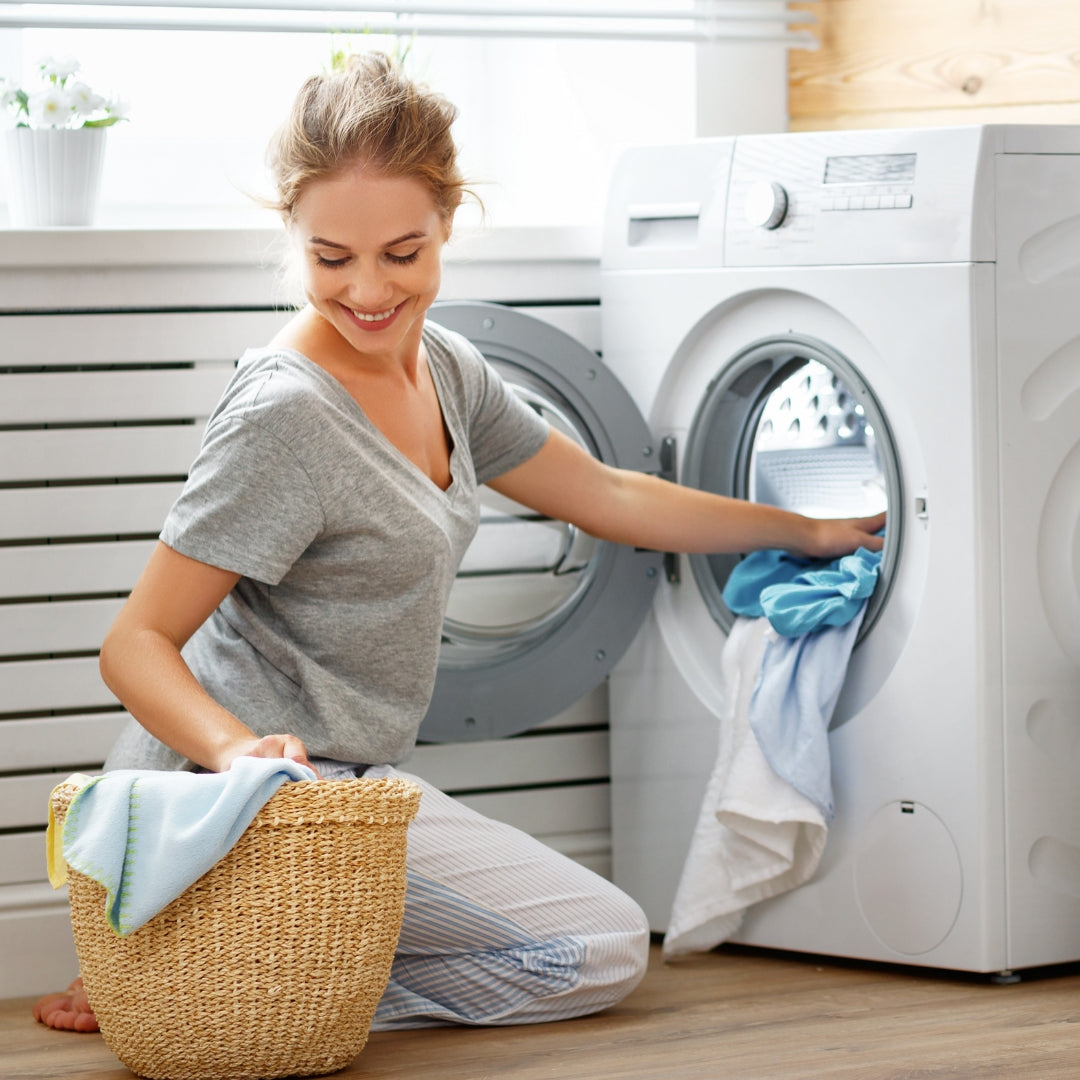

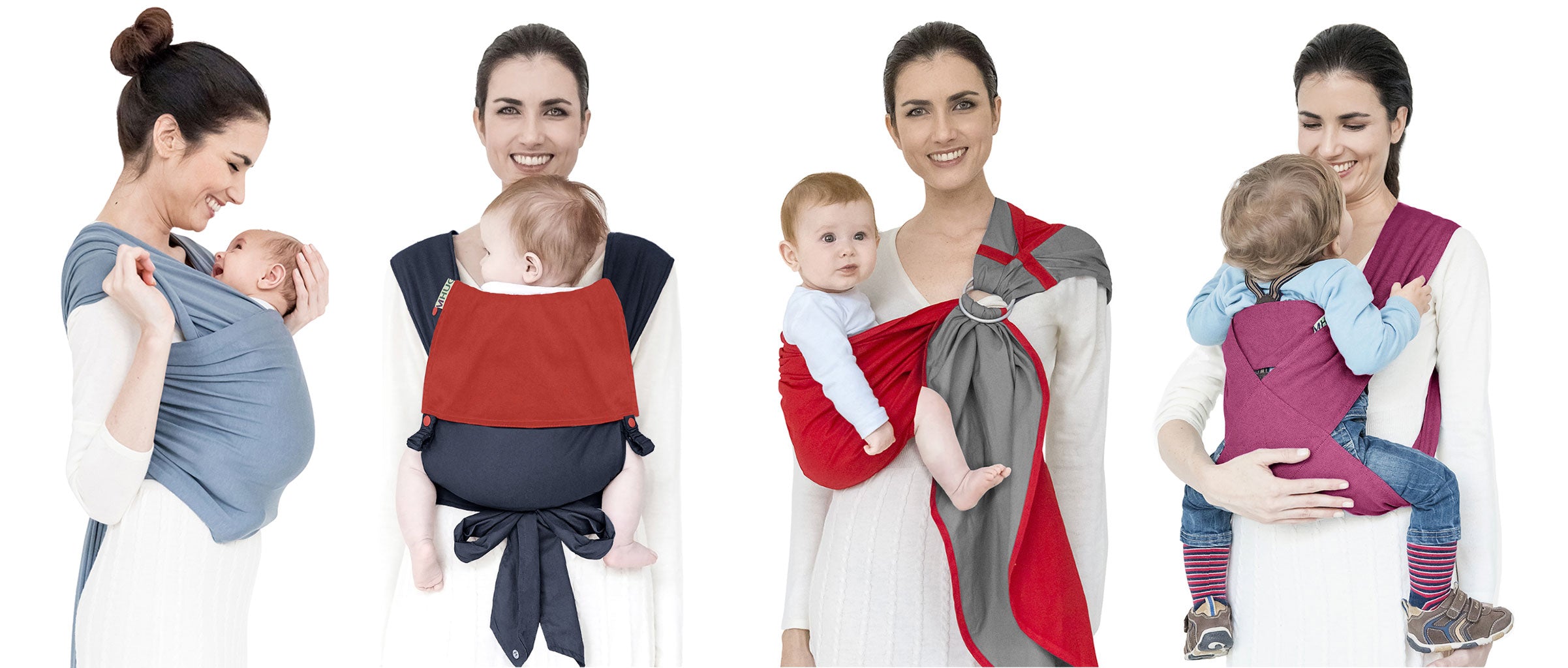
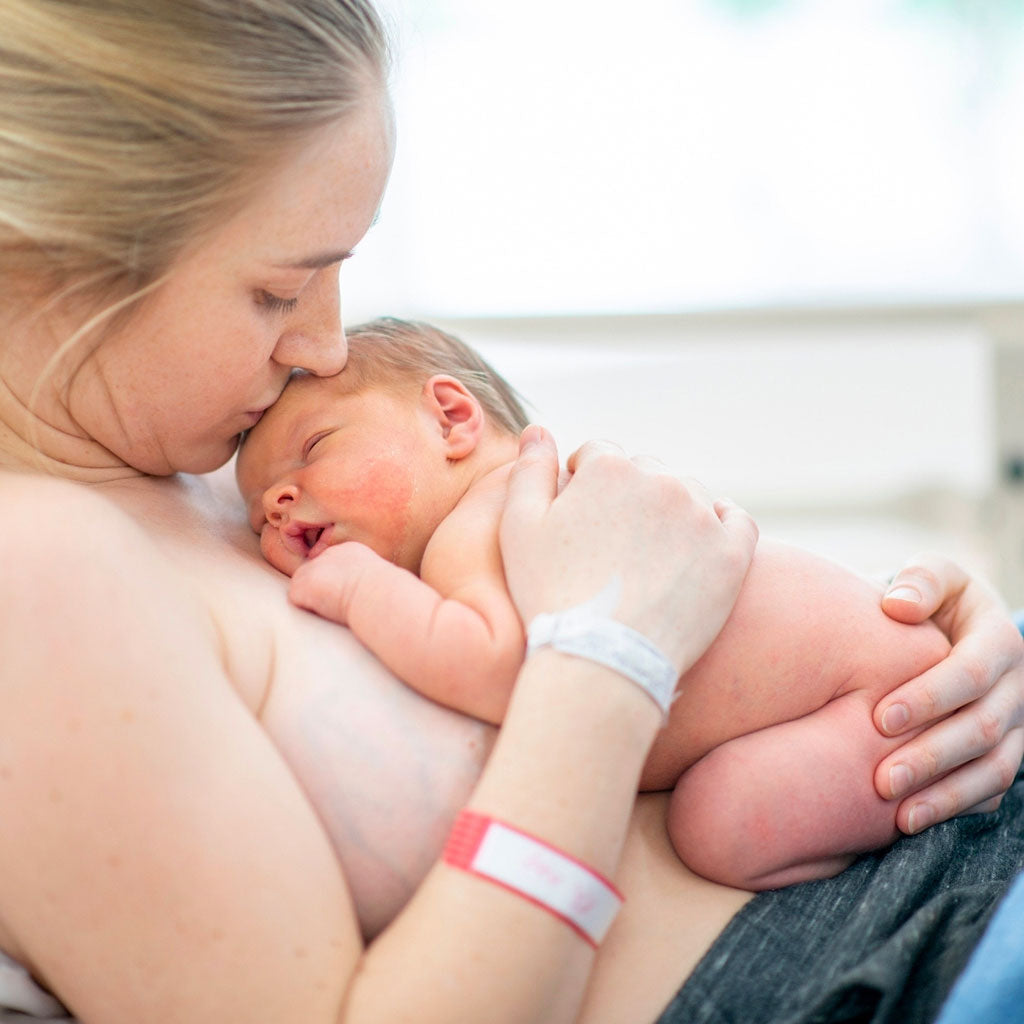
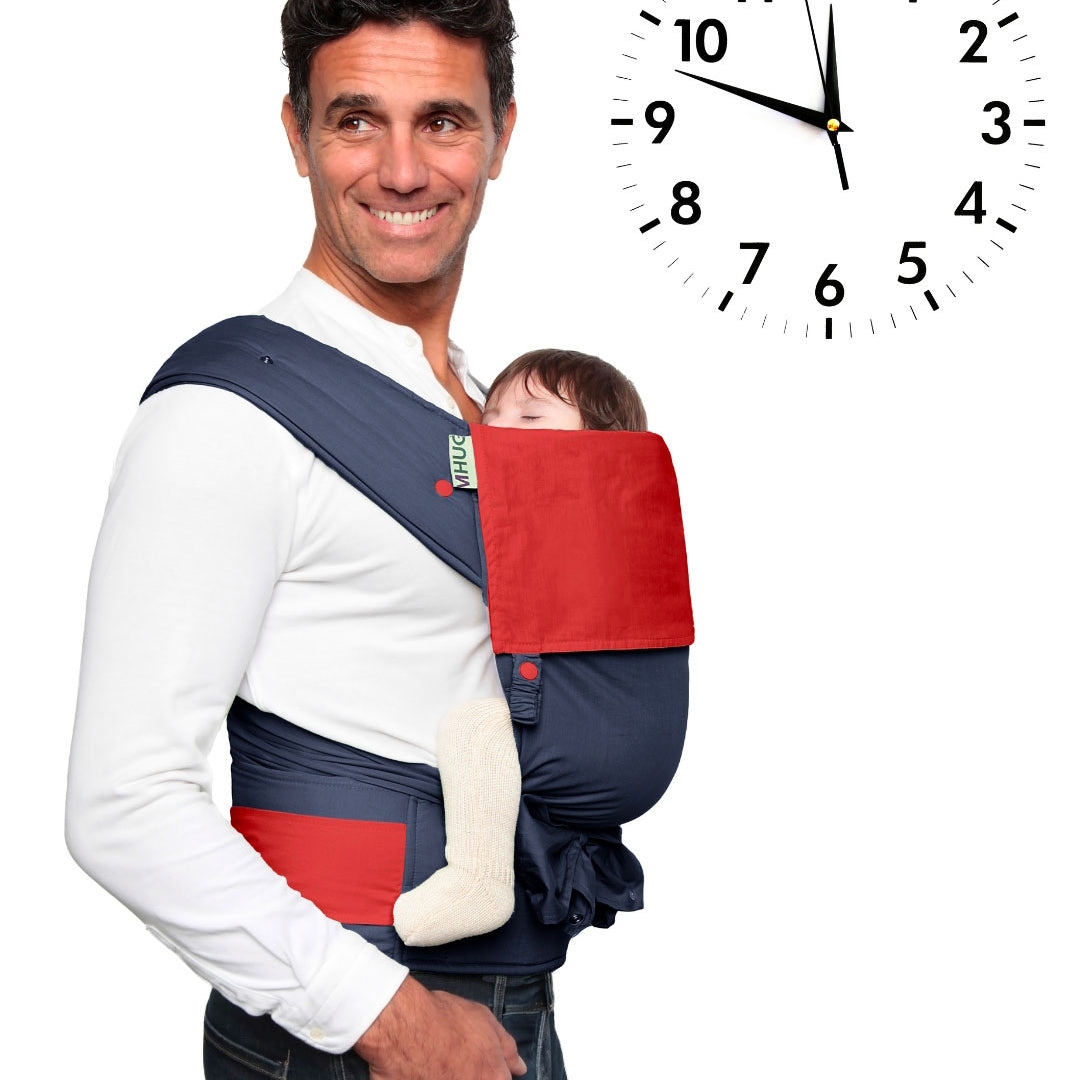
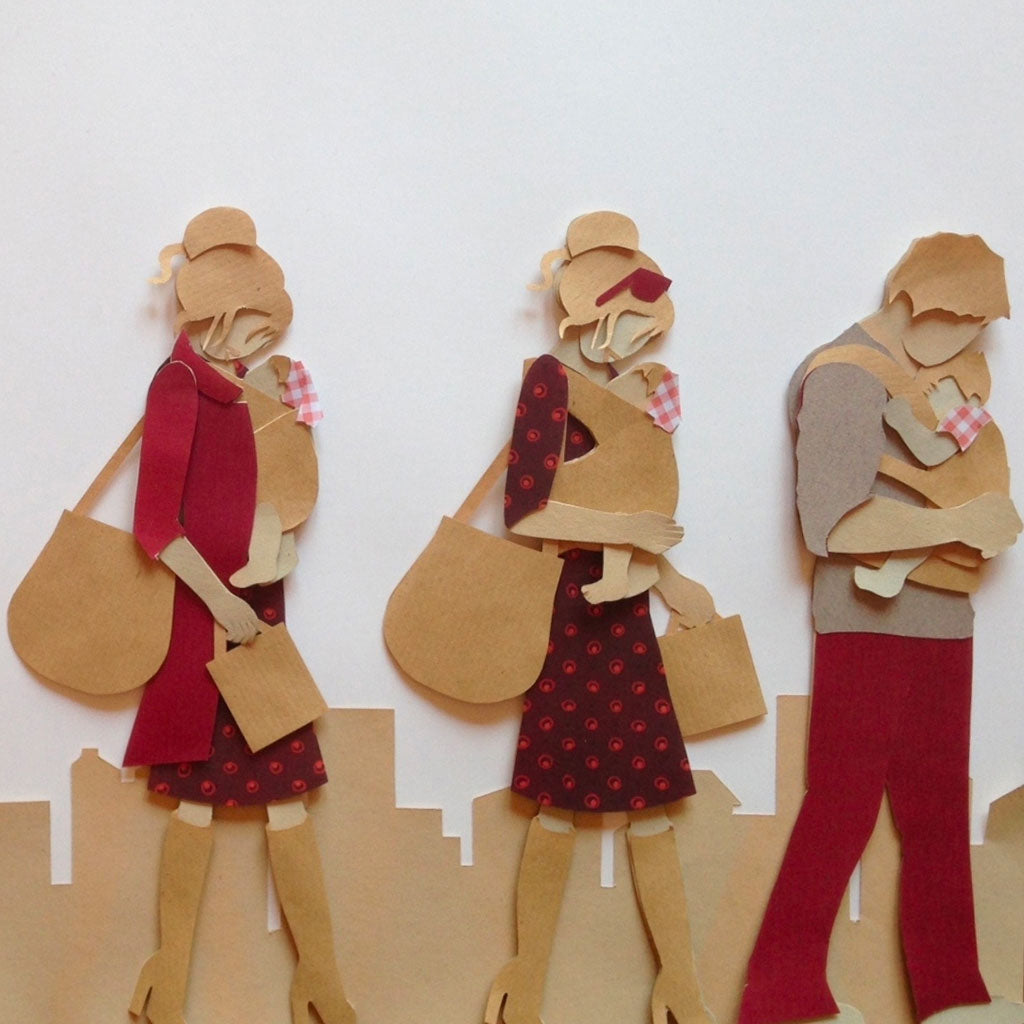
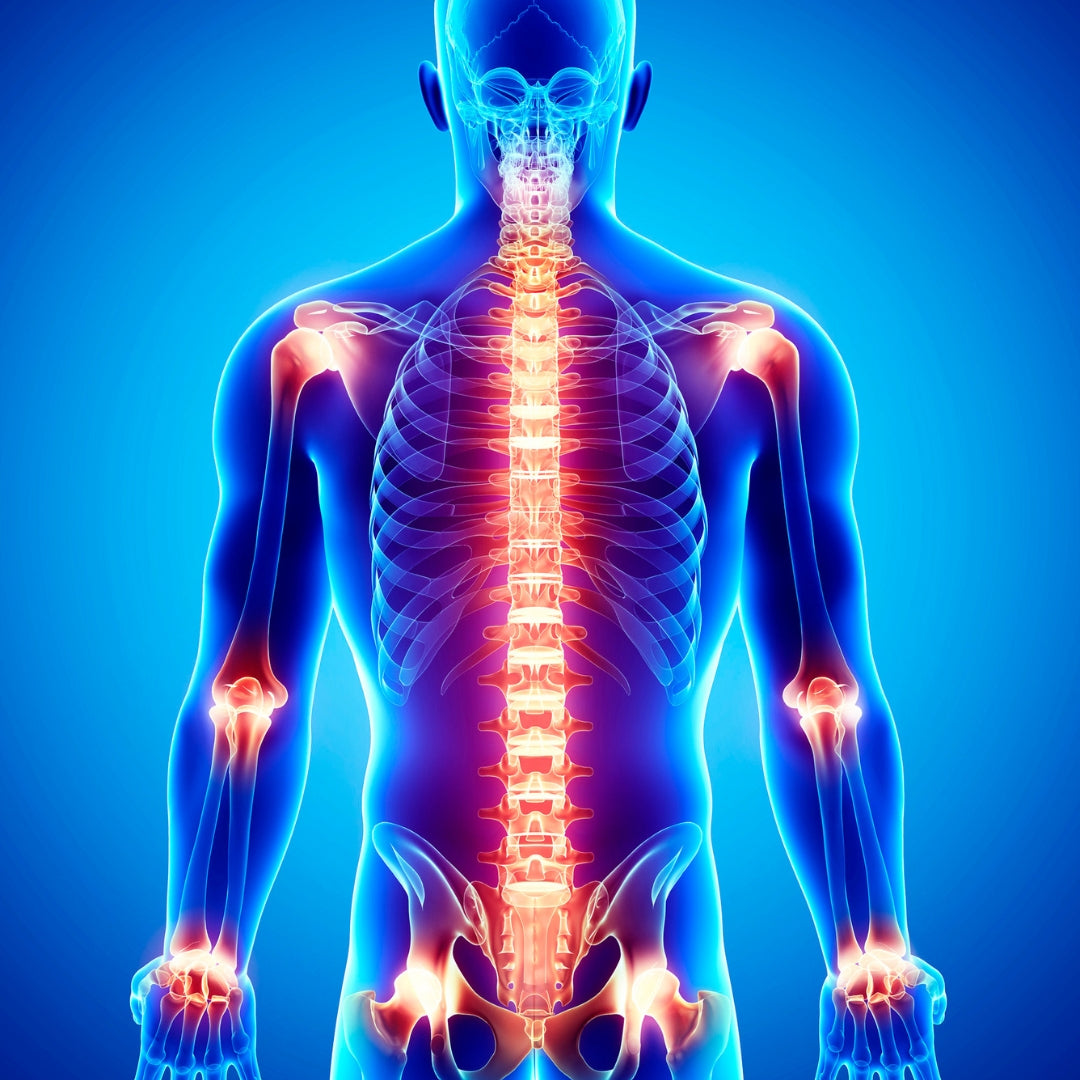
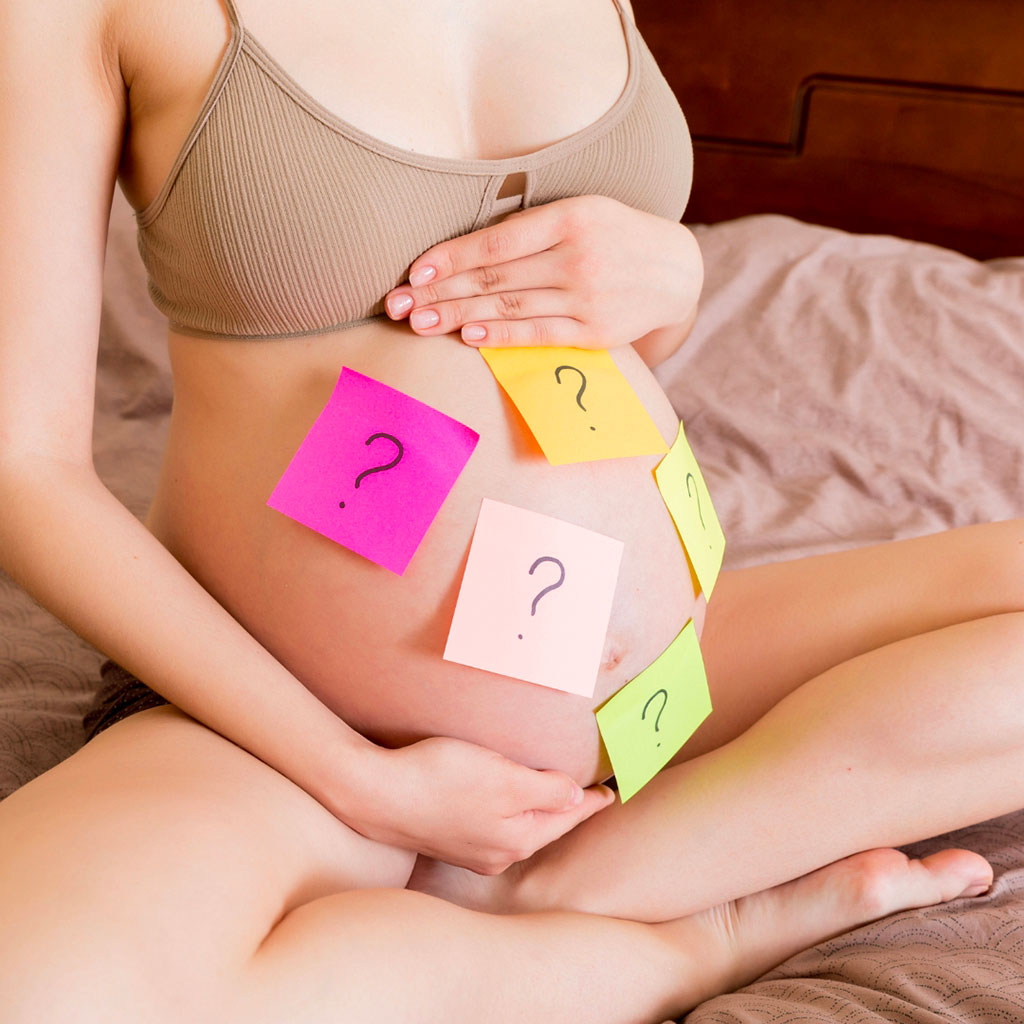
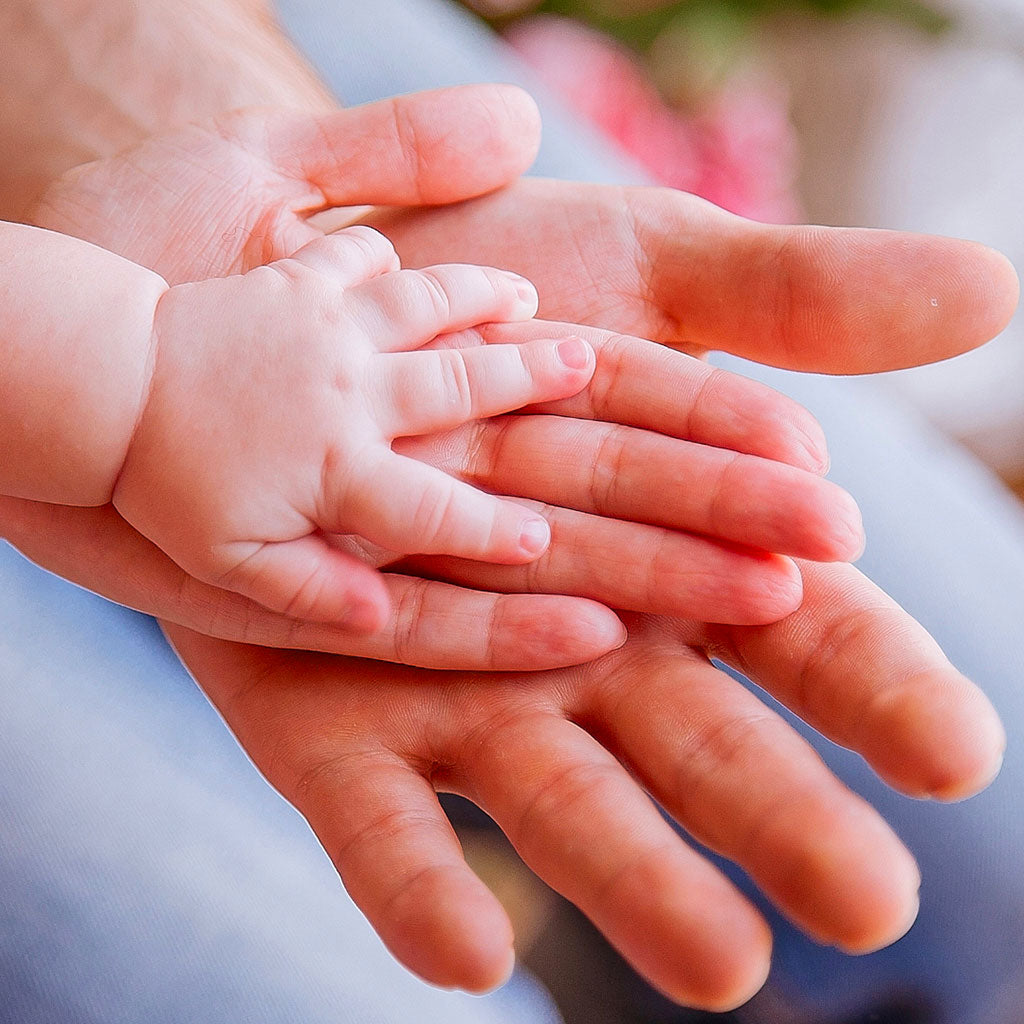
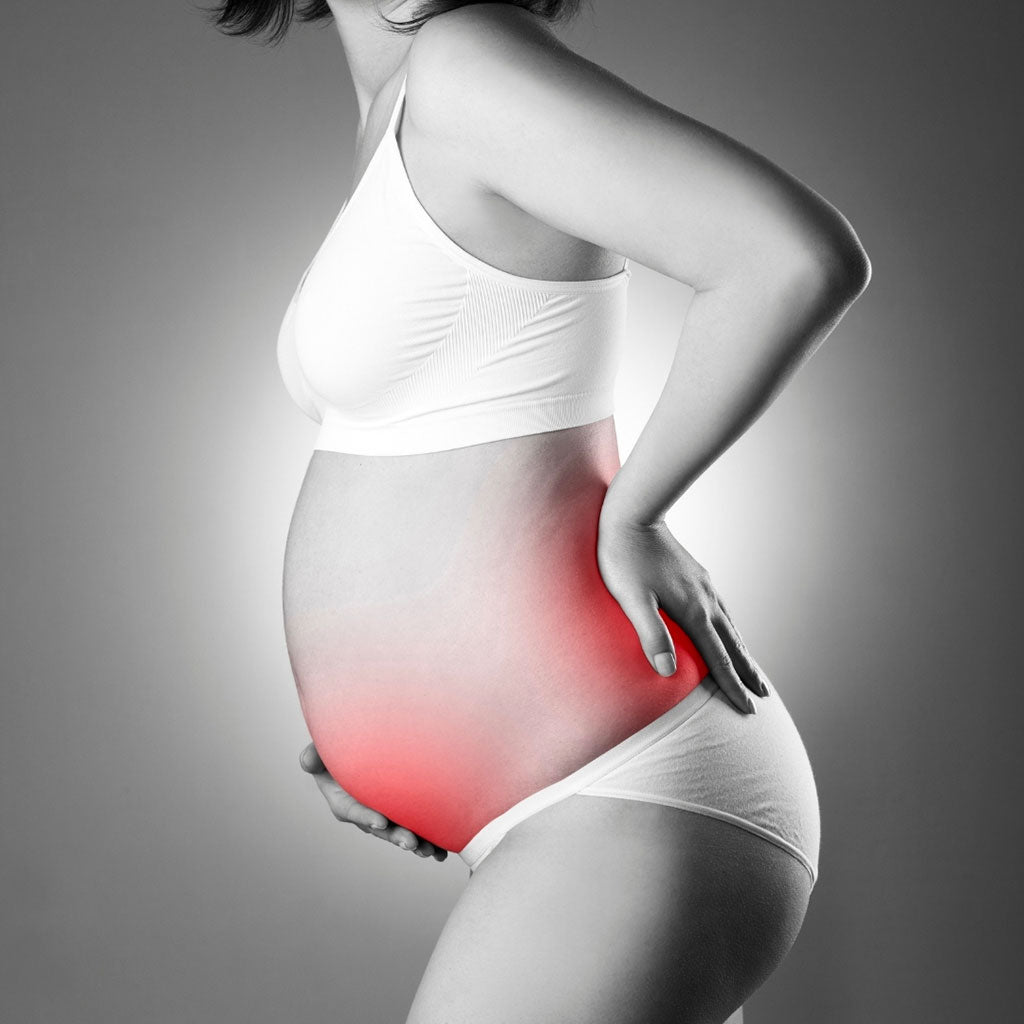
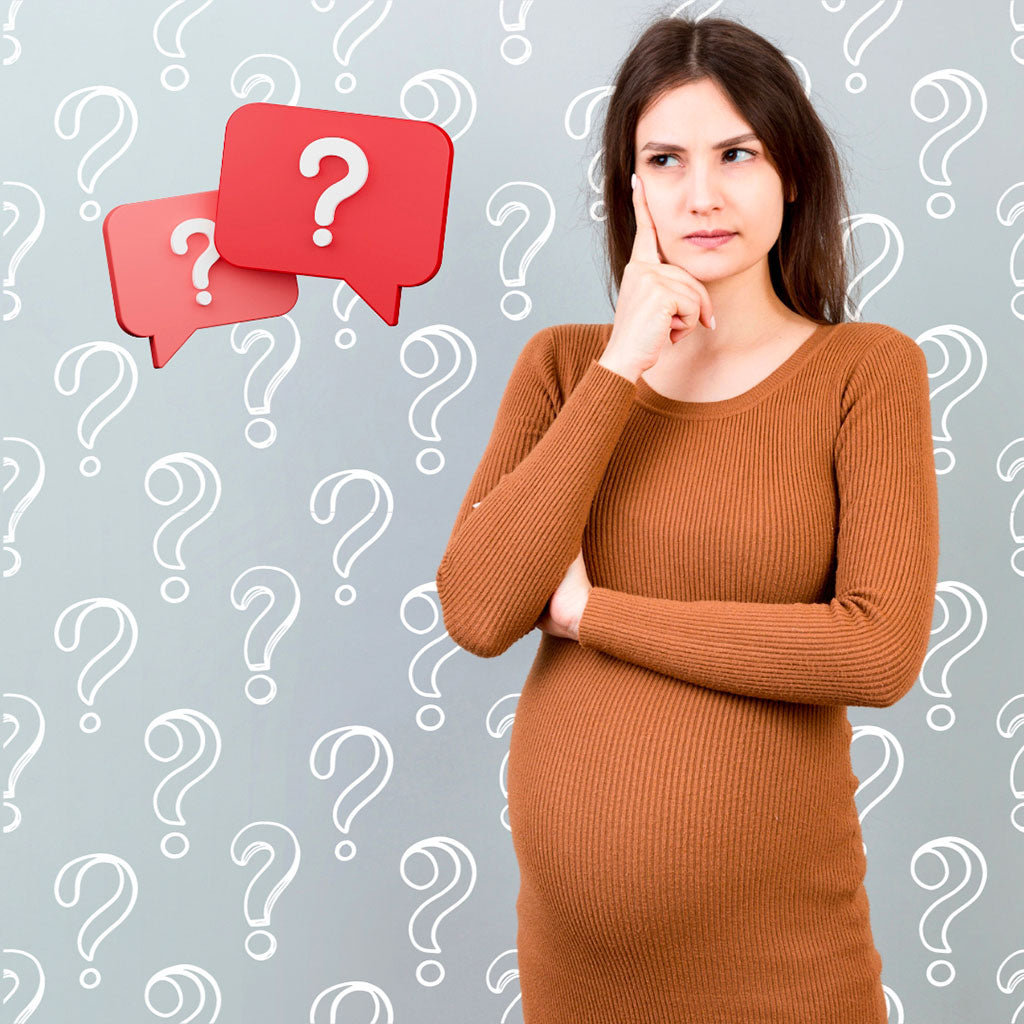

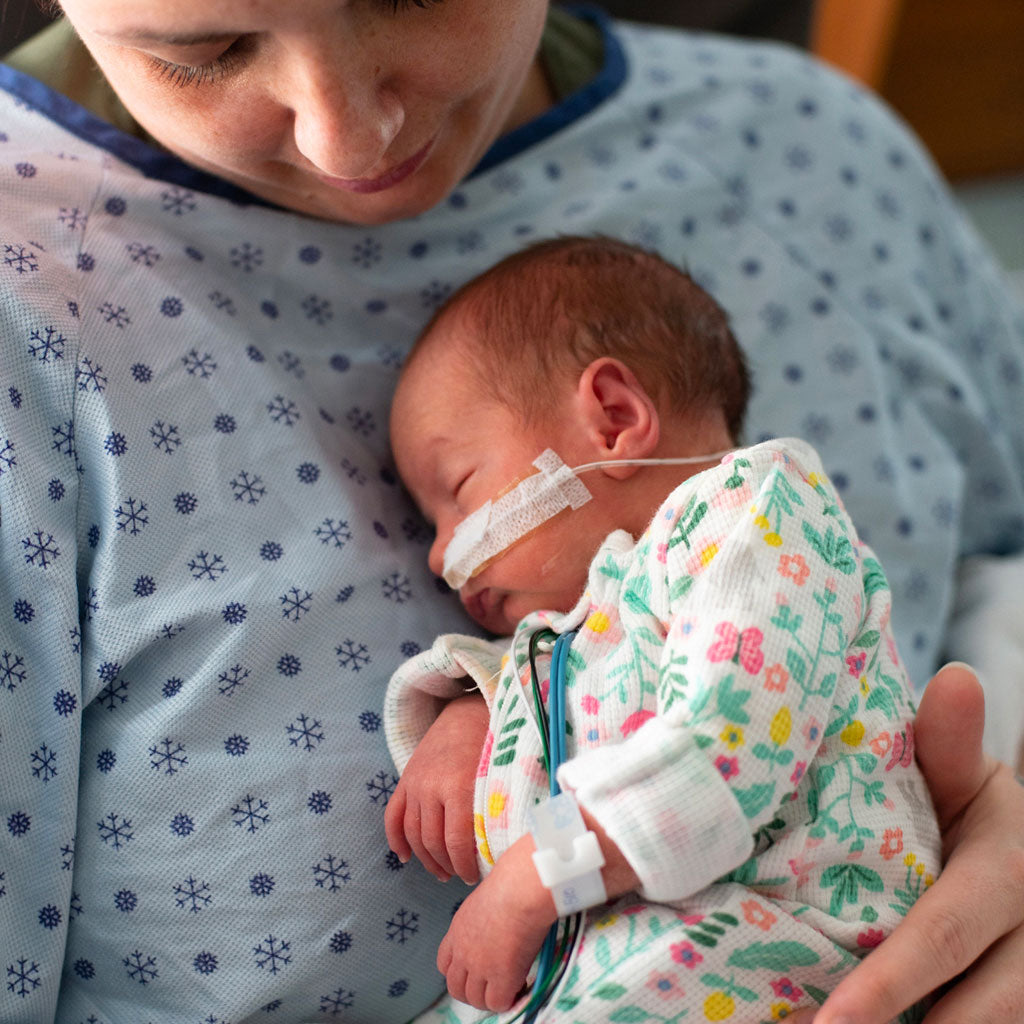
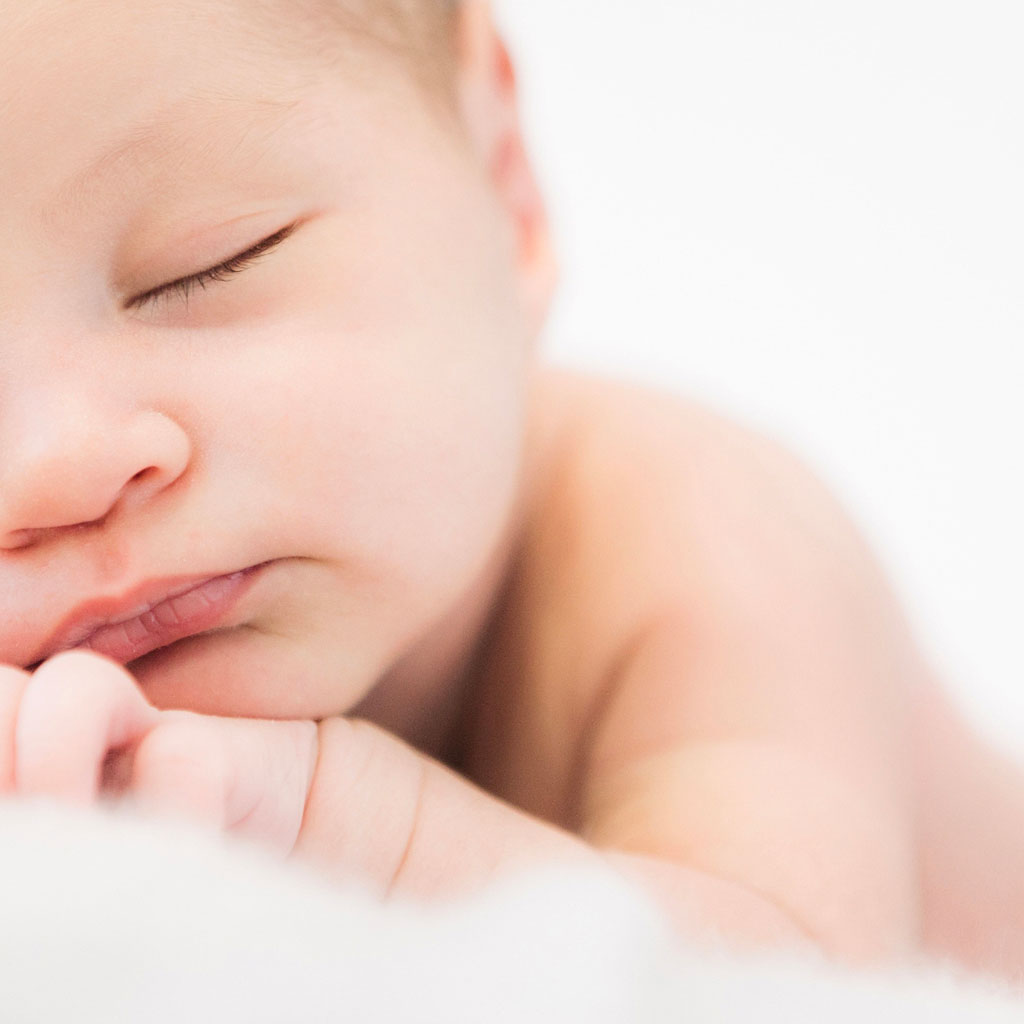
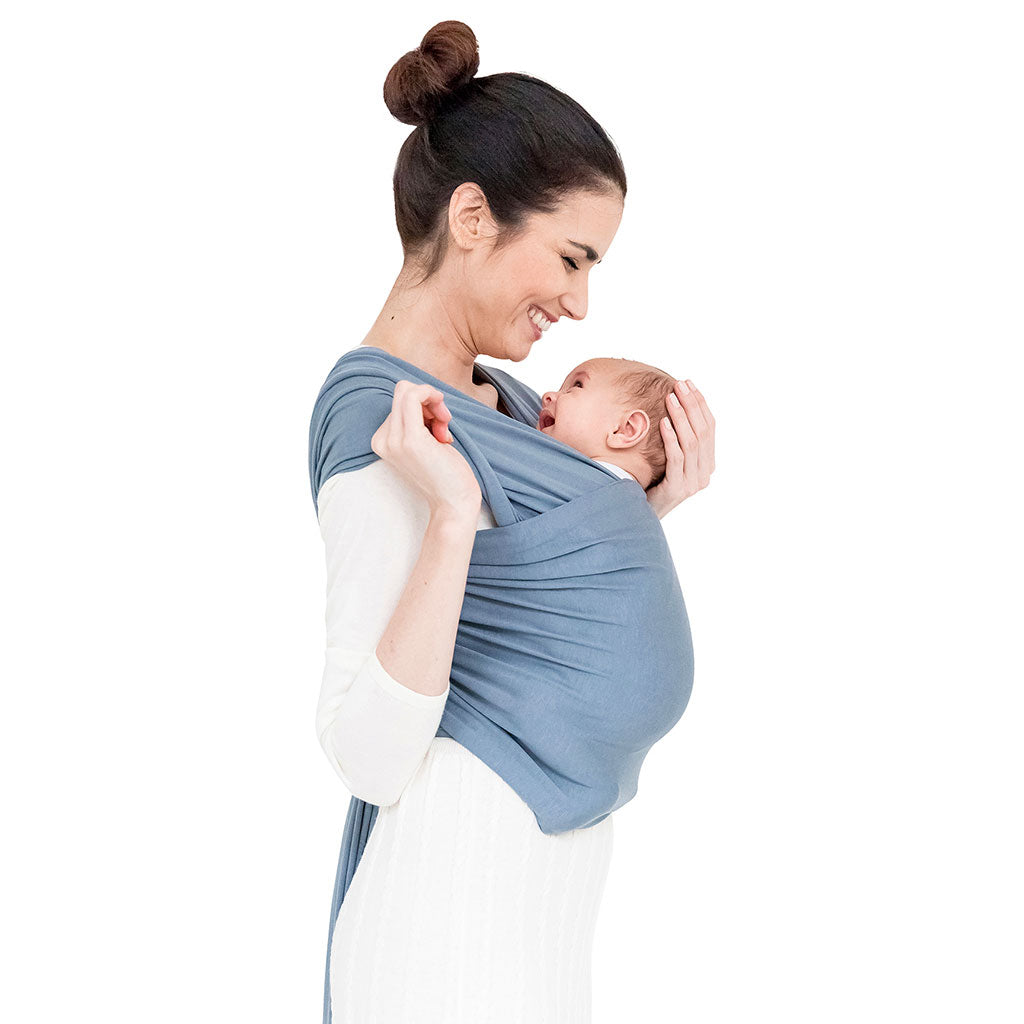
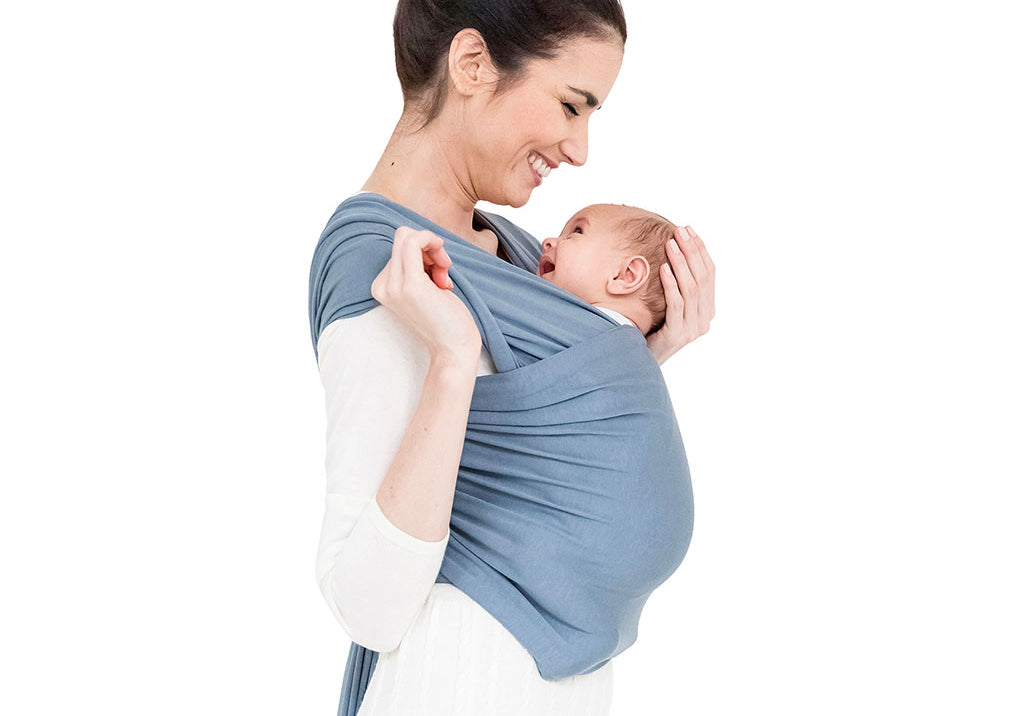
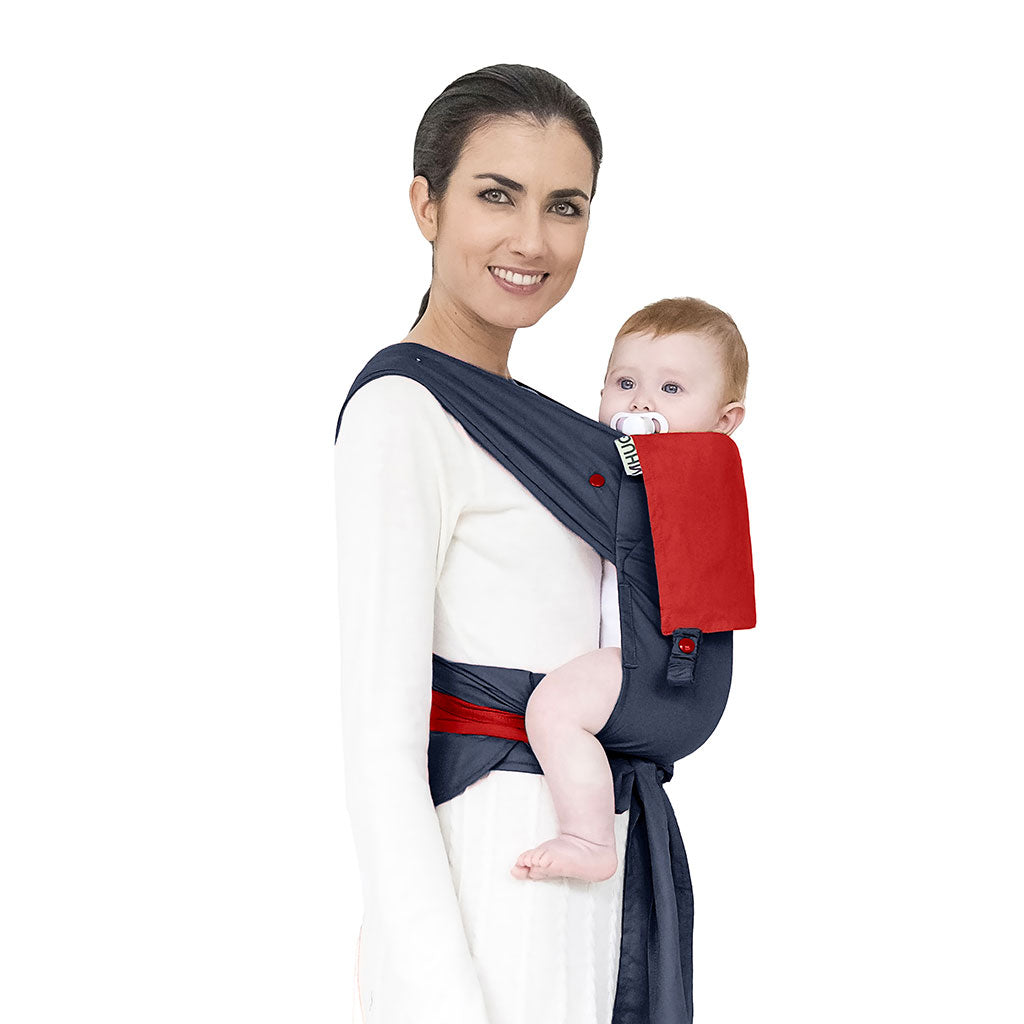
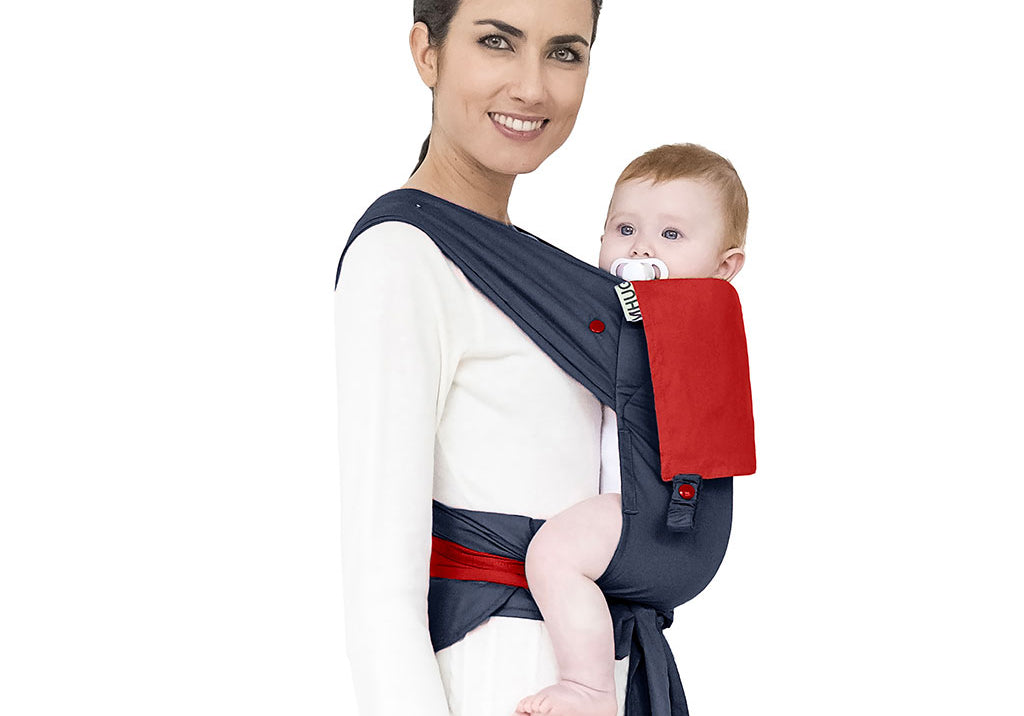
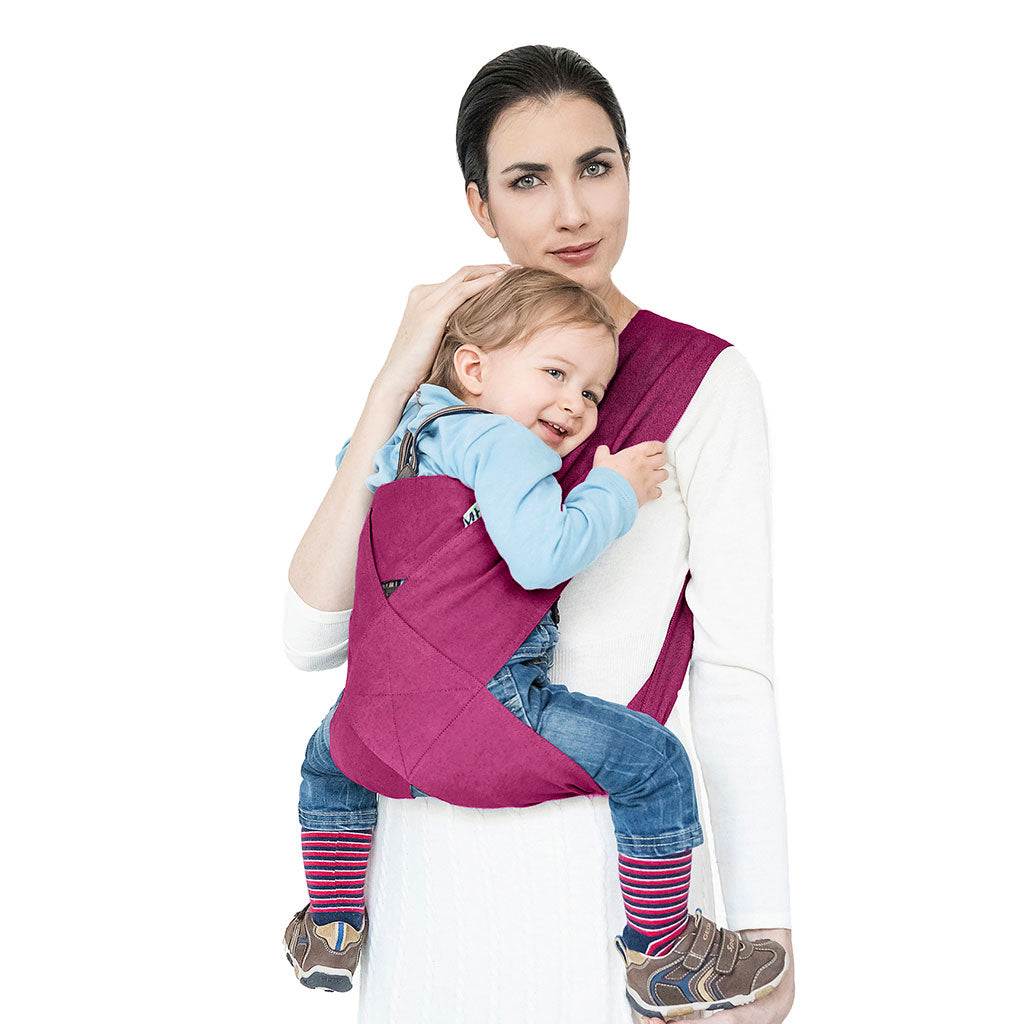

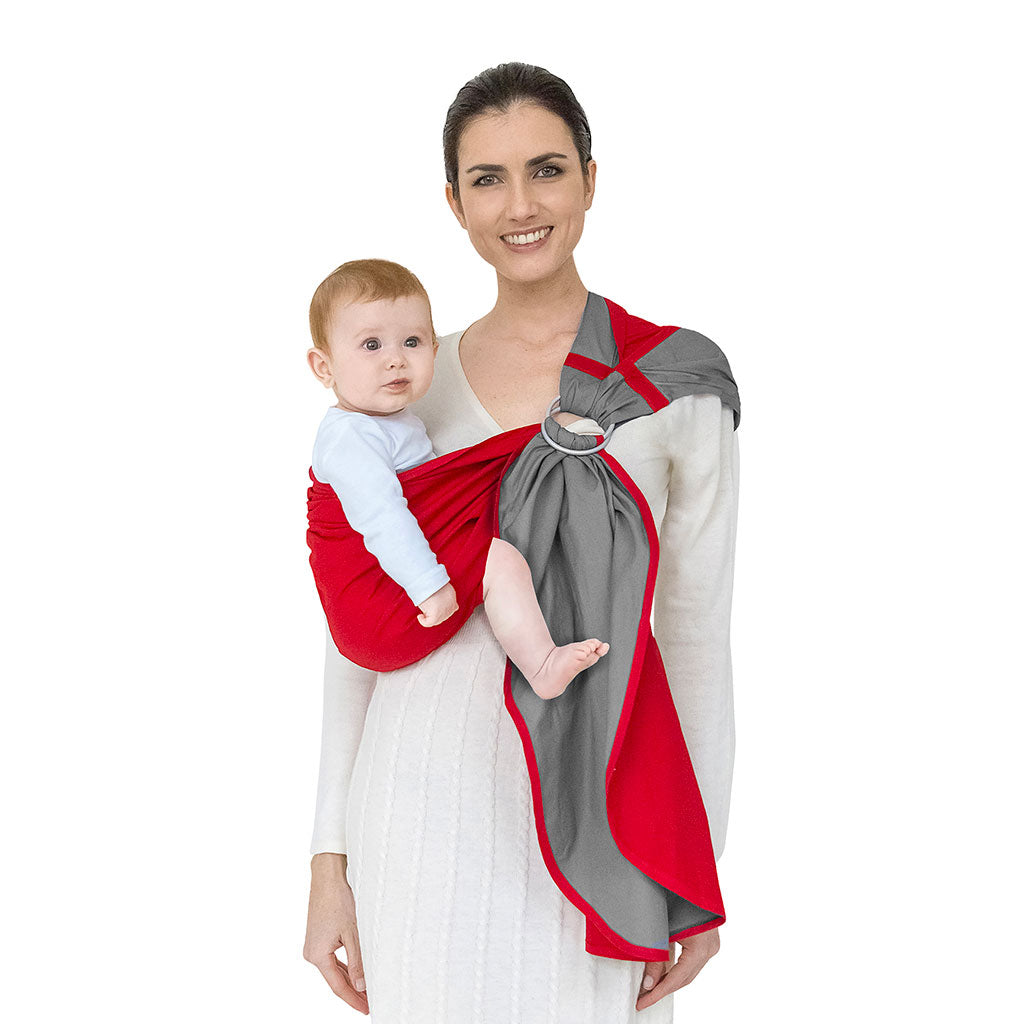
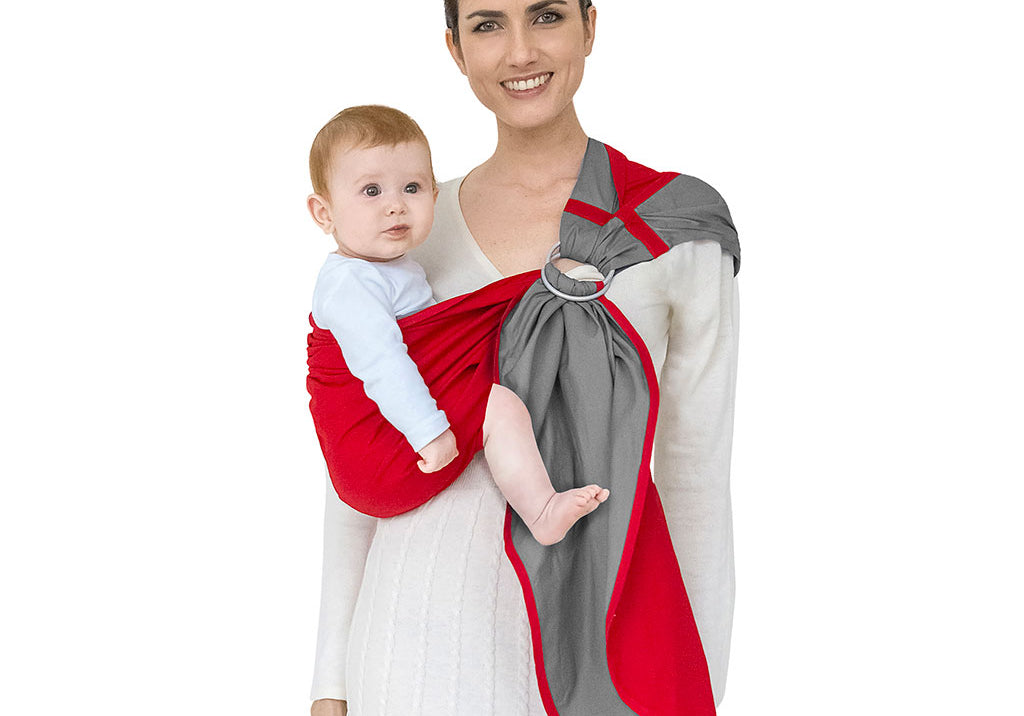
Leave a comment